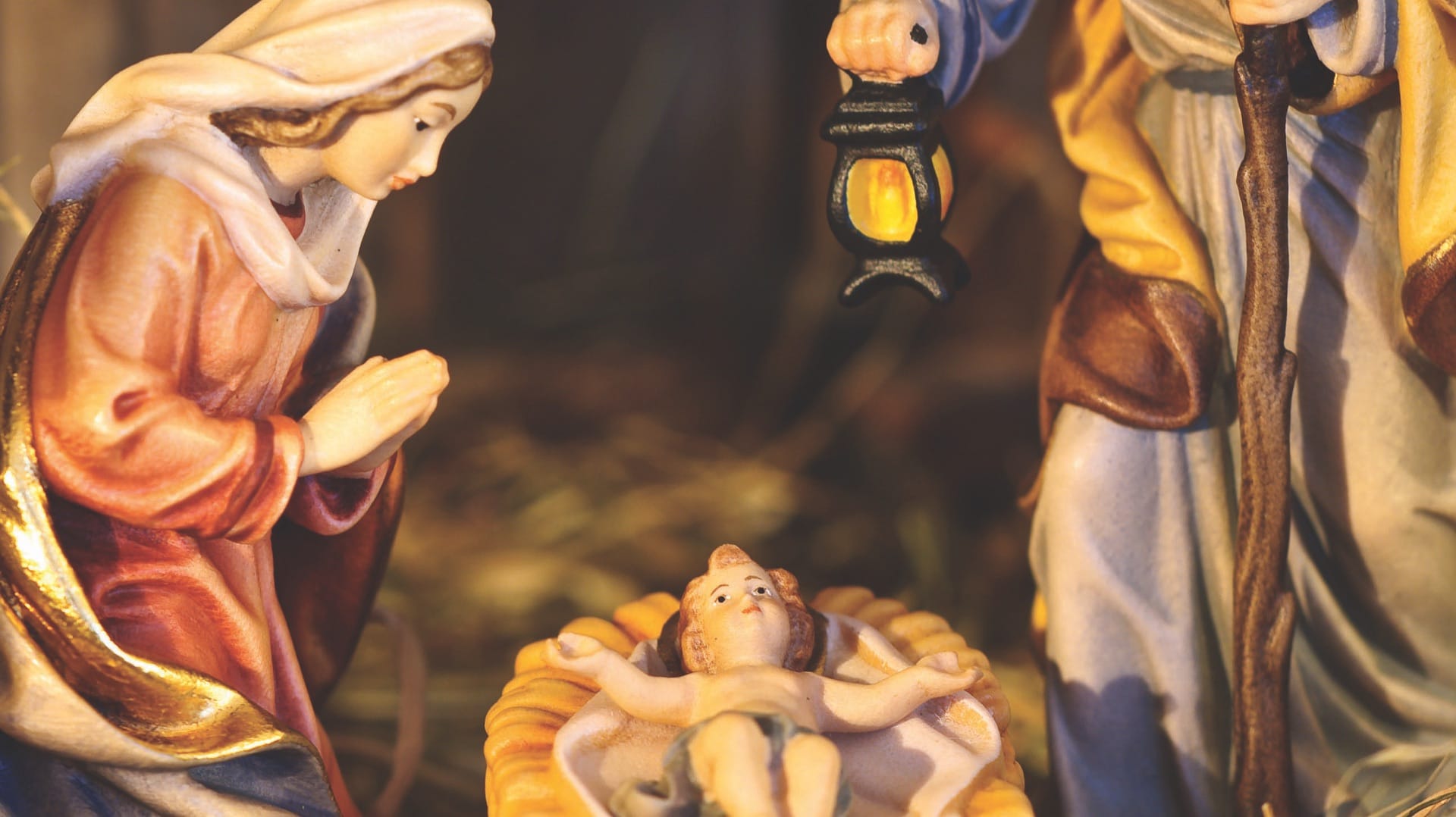
My infant granddaughter Rebekah was registering her frustration. Tired beyond measure, she fought sleep with every fragment of will and fiber of her being, most noticeably, through her vocal cords. In the hopes of soothing her, I began to sing. Not any recognizable song at first, but soft, soothing, gentle tones that eventually transitioned to tunes. Interestingly, those tunes were Christmas carols.
As I sang to my granddaughter that night, I realized that many of our favorite Christmas songs are lullabies. As I hummed, I understood better the unique nature of Christmas. Throughout the year we sing hymns of praise and thanksgiving to God, worshipping His majesty and recounting the plan of salvation. But only at Christmas, it seems, do worship and lullabies come together.
Lullabies—simple, serene, repetitive melodies with lyrics to match. They often employ “nonsense” words such as “tura lura lural”1 or phrases selected for soothing effect. “Coventry Carol,” a lullaby tune from the sixteenth century, repeatedly uses the words “Bye, bye, lully, lullay.” In a lullaby the words matter little. Long before babies can understand a single word, they can understand a parent’s love made audible in a lullaby.
Adults find these Christmas lullabies comforting as well, especially those who have trouble imagining God as human. No one can fully comprehend the Incarnation. This is not unique to our time. In Martin Luther’s day, artists commonly pictured Jesus Christ, even as an infant, as the judge. The fearful aspect of this view of Christ reinforced the veneration of Mary as the nurturing mother who could plead with her stern offspring. In rejecting this view, Luther encouraged believers to view Jesus as the tiny infant: “Now is overcome the power of sin, death, hell, conscience, and guilt, if you come to this gurgling Babe and believe that he is come, not to judge you, but to save.”2
No matter how difficult it is to understand the Incarnation, it takes little effort to picture a mother and her child. We can easily hear that same mother singing a lullaby to soothe a crying baby into peaceful slumber. When we envision Mary singing to the Babe “away in a manger” on that “silent night,” our Christmas lullabies echo her song. In dozens of languages, in varying melodies, meters, and styles, people in every culture sing lullabies at Christmas.
And that’s why I, without thinking, chose a Christmas carol to quiet my granddaughter. Because unlike any other holiday, Christmas centers on a newborn babe. When we pause to contemplate it seriously, we cannot help being amazed again and again. The One who created the universe deigned to come to earth, not in His glory as an all-powerful deity, but as a helpless infant.
The angels announce this astonishing news to the shocked shepherds: “This is what you’re to look for: a baby wrapped in a blanket and lying in a manger” (Luke 2:12, Message; emphasis supplied).3 Think of it. God came to earth as a baby wrapped in a blanket.
No wonder we love Christmas so much. We love lullabies, because in this universe of vast forces, we all sometimes feel small. Like children, we fear the dark, worry about an uncertain future, or rage for reasons we can’t always express. Christmas soothes our fears, calms our fretfulness, and applies balm to our wounded souls. For beyond the darkness that seems to rule the world, we hear the Father’s loving lullaby. “Peace, be still,” He says to our cries. “Hush now. Be still and know that I am God,” He whispers. “I will love you forever. No one can harm you. You’re going to be all right.”
Christmas is a lullaby. It’s God’s serene song of love to a fretful world.
1 This is a phrase from a song composed in 1913 by James Royce Shannon, also known as “That’s an Irish Lullaby.”
2 Roland H. Bainton, ed., Martin Luther’s Christmas Book (Minneapolis: Augsburg, 1948), Kindle location 275 of 593.
3 Texts credited to Message are from The Message, copyright © 1993, 2002, 2018 by Eugene H. Peterson. Used by permission of NavPress. All rights reserved. Represented by Tyndale House Publishers, Inc.